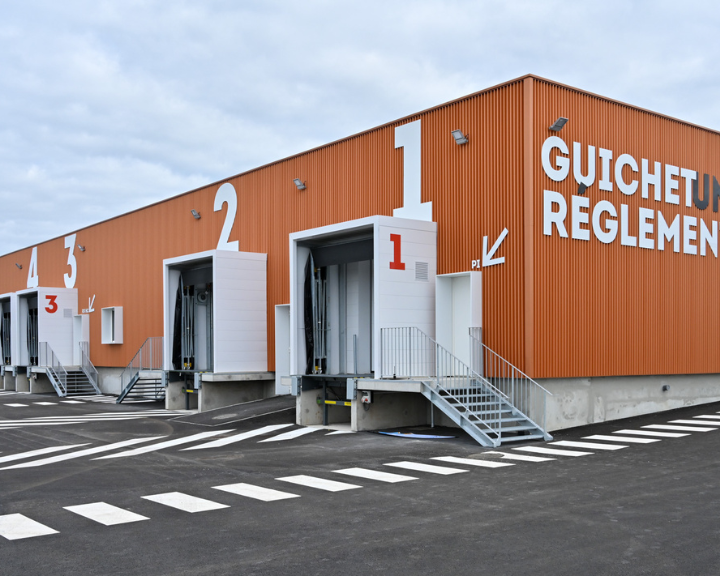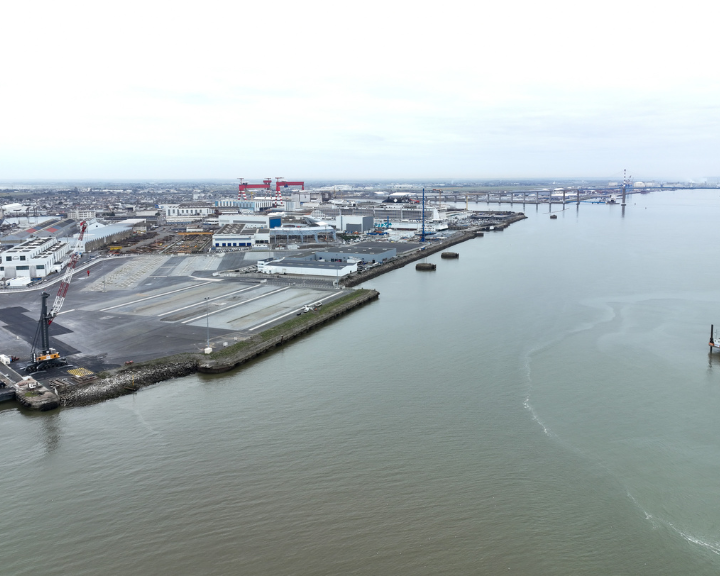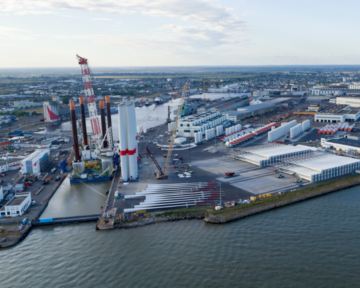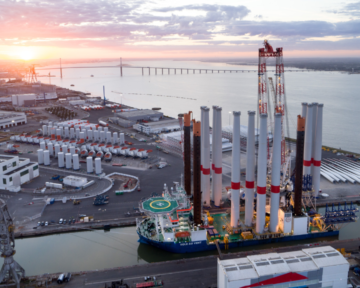The port of Nantes-Saint-Nazaire lies on the Loire estuary, facing the Atlantic Ocean. For the flagships of French industry and businesses in the West of France region, it plays an important role in supply chains and national, European, and international shipping. As an industrial, energy, and commercial port, it is today a major player in the energy and ecological transition.
Interview with Pascal Fréneau, Deputy CEO and Member of the Executive Board of Nantes-Saint-Nazaire Port.
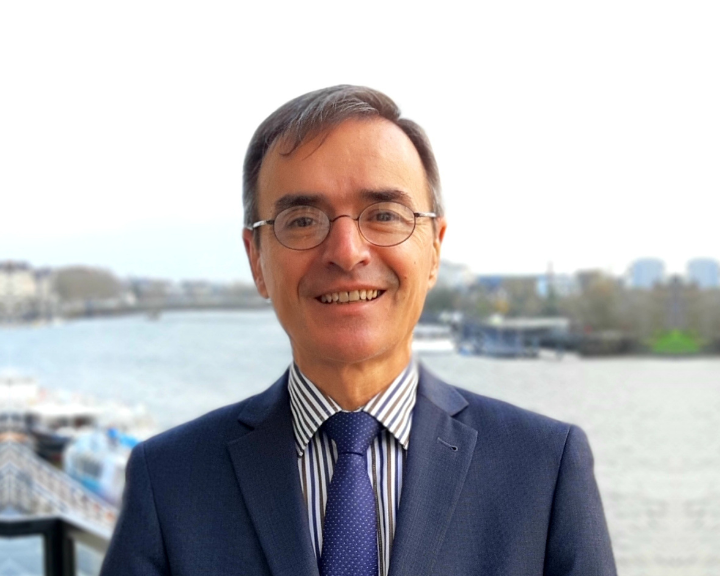
“In few words”
AIVP – Can you briefly present your port to the members of our international network?
Nantes Saint-Nazaire Port is one of the seven major seaports in continental France. Around 2,500 ships visit the port every year, representing total freight traffic in the region of 30 million tonnes. The port land stretches for 70 km along the Loire estuary, and covers some 2,622 hectares in total. That includes 1,077 hectares of natural spaces, 1,460 hectares occupied by port, logistics, and industrial activities, and a further 60 hectares of historic urban sites, mainly in the cities of Nantes and Saint-Nazaire.
Nantes Saint-Nazaire Port is a important local player in sustainable development, working for the benefit of future generations. It is fully committed to the energy and ecological transition. Our strategy for the period 2021-2026 is built around three key objectives: successfully navigating the energy and ecological transition, consolidating the port’s role as a gateway to the West of France region, and promoting economic and social development in the Loire estuary area.
In practice, and in order to mitigate the impending reduction in fossil fuels, this means activating three growth relays. The first involves developing services for bulk and various goods traffic, including containers and RoRo, for the benefit of businesses in the West of France region. The second entails making optimal use of port land, notably through real estate development projects in the logistics and tertiary sectors. And the third is to promote the growth of floating and fixed-foundation offshore wind.
Incidentally, Nantes Saint-Nazaire Port is an excellent testing ground for technologies such as marine renewable energy, solar power, hydrogen production, wind propulsion for maritime freight, etc.
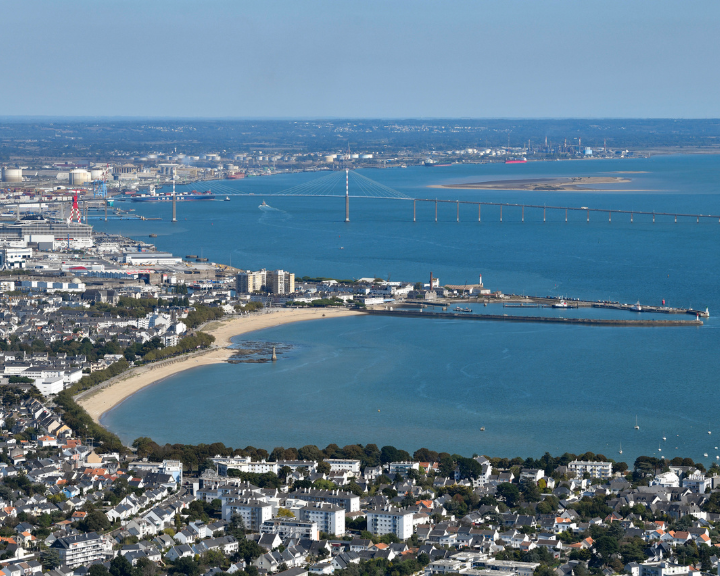
©NSNP-F.Badaire
“Expertise in industrial development”
AIVP – What can you bring to the AIVP network?
We will share our experience, our ideas, and our best practices. Take the example of the current urban requalification projects. They are focused on different themes: urban development, of course, but also consultation with residents, governance with local elected representatives, value capture for the economy of Nantes Saint-Nazaire Port, financial engineering, helping to build the local area’s image, and so on.
We can also share our expertise of industrial development, organising calls for expressions of interest, management of natural spaces, and the development of offshore wind. I should point out that in 2022, we helped to build France’s first offshore wind farm, off Saint-Nazaire.
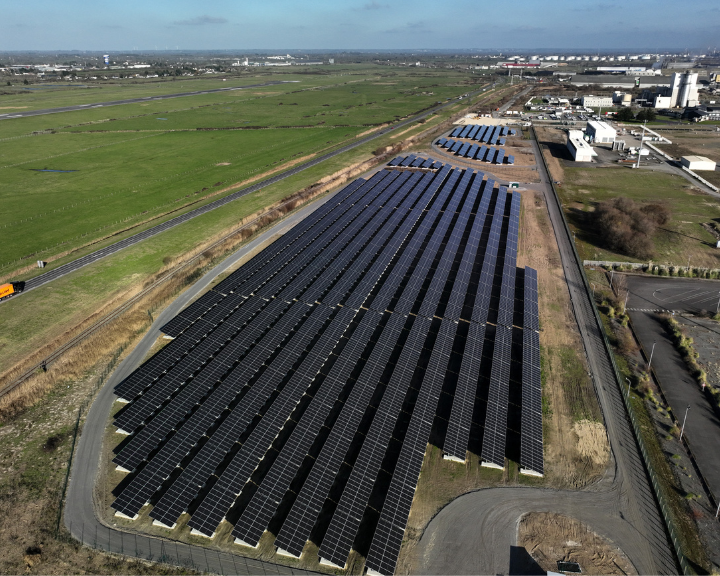
“The EOLE project, adapting to offshore wind power”.
AIVP- You are working on the EOLE project to create an industrial integration base for the offshore wind sector. Can you explain the importance of this project for the energy transition of your port and the new jobs it could create?
The energy mix will look very different by 2050. We aim to anticipate the mass development of floating offshore wind, which will require dedicated port infrastructures. The idea is to establish an industrial integration base, where the various components are assembled (floater, mast, turbine, blades, etc.) before being towed out to the site. Our EOLE project involves scaling up the existing infrastructure in Saint-Nazaire to meet the requirements of the offshore wind industry, particularly in order to be able to handle very large and very heavy components. It will have equipment capable of processing – and assembling – packages weighing several thousand tonnes.
In 2021, there were 6,500 people employed in the marine renewables sector in France. With Europe targeting 300 GW of offshore wind generating capacity by 2050, the need for human resources is rising rapidly. The future French marine renewables industry could create up to 20,000 direct and indirect jobs by 2035.
EOLE project-Survey phase and deployment phase ©NSNP-F.Badaire
“Smooth Ports: an innovation project to reduce CO2 emissions”
AIVP- You recently completed the European Smooth Ports project, which ties in which Goal 3 of the AIVP 2030 Agenda: soft mobility. Can you tell us about the main conclusions from this initiative to reduce emissions from road transport connected to the port’s activity?
Launched in 2019 by the City-State of Hamburg as part of the Interreg Europe programme, the Smooth Ports project aimed to identify solutions for reducing CO2 emissions from road traffic in ports. Hamburg was looking for partners for the project. With the support of the Pays de la Loire region, we took the opportunity to present our best practices and, in exchange, take inspiration from the projects and successes of other ports committed to this approach: Livorno, Varna, Monfalcone, Trieste. This collaboration was arranged in three phases.
First, we carried out an assessment of road transport CO2 emissions in each port zone.
We then identified existing tools that could be used to reduce these emissions. We presented the various measures we had taken, such as alternative fuel distribution, with the opening of station providing natural gas for vehicles, or modernising the regulatory one-stop-shop, which serves to limit so-called “parasite mileage”. We also presented the work we had done to smooth traffic in the industrial port zone, with the app “A Bon Port” launched in June 2020, which provides users with real time updates on works traffic and which bridges are open in the Saint-Nazaire area.
Finally, the third phase involved designing a specific action plan aimed at maintaining the momentum created by the Smooth Ports project locally, after it ended officially in early 2023. The plan is of course fully in line with our strategic project focused on the energy and ecological transition.
The full results and details of this three-year project can be found at https://projects2014-2020.interregeurope.eu/smoothports/
